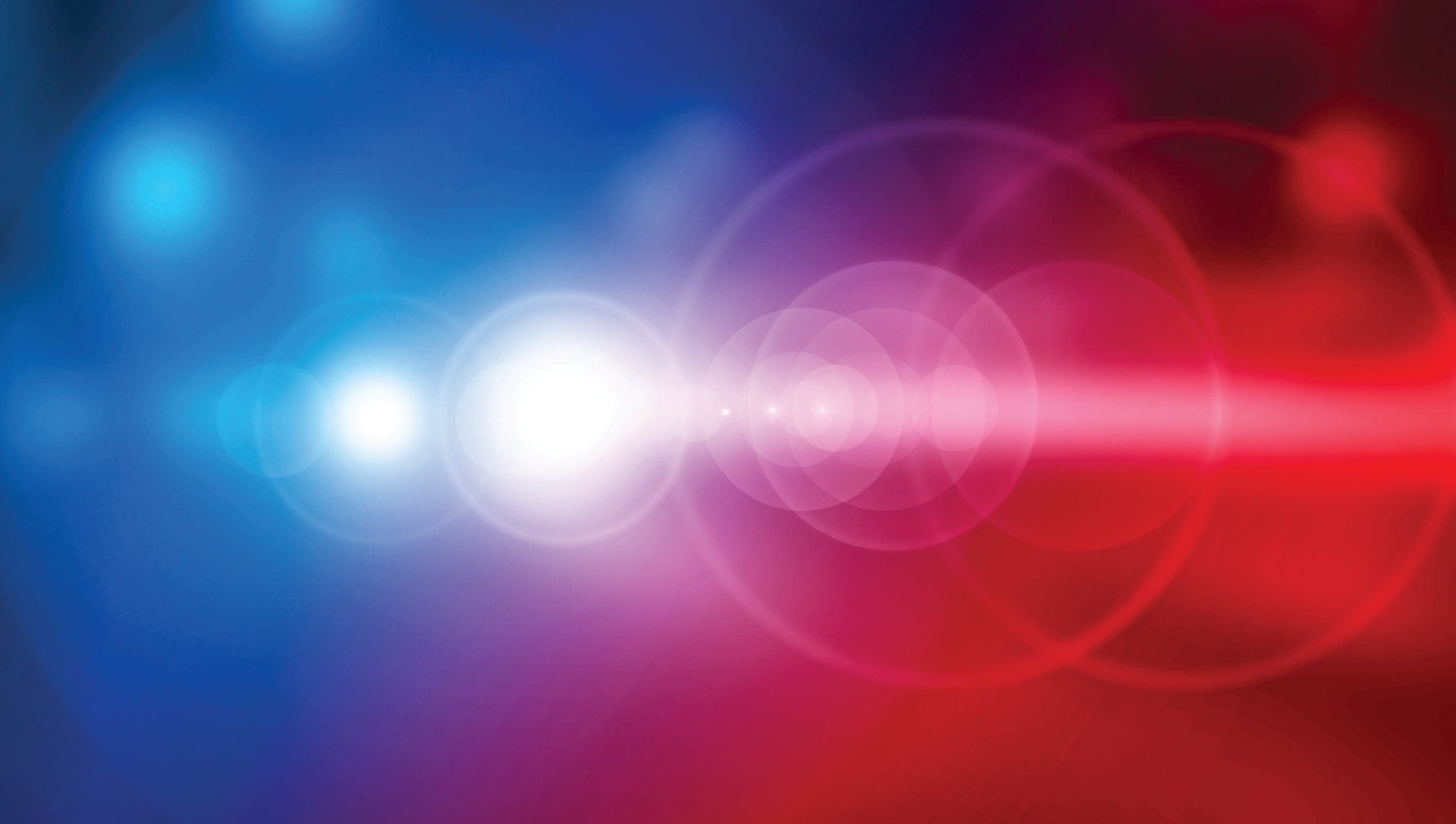FAR OUT: NC Estuarium hosts planets workshop for middle school girls
Published 6:08 pm Thursday, August 6, 2015

FILE PHOTO
A LOT TO DO: The N.C. Estuarium hosts a variety of activities in the summer, including Sharks in the Sounds, Sylvan Heights Bird Program and Artist of the Month.
The North Carolina Estuarium took a step away from its usual nature-based programs by hosting a “3-D Planets” workshop for middle school girls from Aug. 4-6.
According to the press release, participants were able to explore planets and other matter in the solar system with telescopes and then create models of the features they saw using 3-D printers.
The Pisgah Astronomical Research Institute, an observatory in Brevard, N.C., ran the program, thanks to grant money from the Burroughs Wellcome Fund, a private institute that strives to develop biomedical sciences by supporting research and educational activities.
Russ Chesson, operations and programming specialist at the Estuarium, said applications were distributed to every middle-school age girl in Beaufort County to then be returned to a teacher who sent the application to workshop organizers.
Organizers then reviewed the applications as well as the essay question and selected a group of 16 girls to attend, he said. Only 13 girls were able to attend this week.
“Part of the reason for hosting is to continue with the mission of educating,” he said, referring to the Estuarium’s decision to host a workshop outside its usual jurisdiction. “It’s an attempt to keep them or get them more interested (in science).”
He said only seven or eight museums were selected to host the “3-D Planets” workshop, and he hopes the activities will help to remedy a lost interest in science.
A study on female college freshmen found they had less exposure to activities of spatial relationships related to the engineering and technology fields, and Chesson said taking objects from 2-D to 3-D can help with that.
“It’s very on the edge of technology right now,” he said. “They’re using some of the programs you would use at Disney and Pixar.”
Christi Whitworth, director of education at PARI, said studies have shown that girls tend to lose interest in science in their early teen years, which is why the workshop is geared toward middle school girls.
She said the ultimate goal is to encourage girls’ participation in the science and engineering fields early on and eventually achieve equity between the number of females and males in the workplace, since the number of females in those particular fields is lacking.
“As long as that is okay and we’re not promoting equity at the first opportunity of exposure to a course…that disparity on the career level, it’s not going to be fixed,” she said. “We have to make the effort to help the kids see that as possible.”
A study conducted by the Girl Scouts organization in Arizona found that girls are motivated if they feel as though they can make a difference in the world and in their communities.
Whitworth said that is why the workshop leaders are emphasizing the importance of engineering and design to the world and how it can make a difference.
“Involving them in hands-on projects like “3-D Planets” can encourage them to continue seeking the knowledge and skills they will need to compete in the future’s technology-intense economy,” the release stated.
The models will be displayed in museums across the state, including Braille labels also created by the girls.
“They want to change the world,” Whitworth said.





